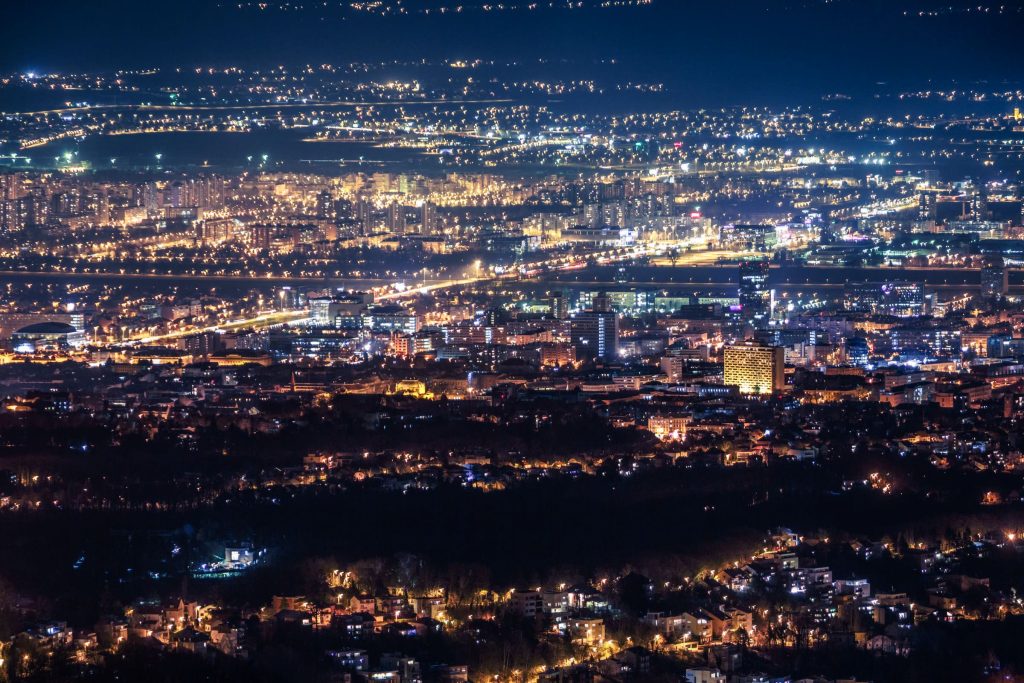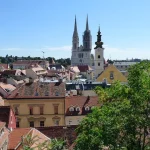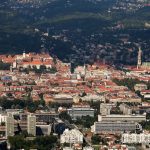As Poslovni Dnevnik writes, with greater or lesser intensity, the whole of Europe was under a number of restrictions and limitations throughout 2020, leading to a dramatic drop in economic activity, but regardless, property prices were the only ones that continued to rise as if they were in the best of times.
The jump in property prices back in pandemic-dominated 2020 was the largest in the last fourteen years, with countries such as Luxembourg, Poland, Denmark, the Czech Republic, Portugal and Germany rebounding in price increases in the year the coronavirus pandemic, where square metres in houses were more expensive, seeing a jump of between 8 and 17 percent, and only Ireland, Spain, Italy and Malta at the end of last year had an increase of less than two percent when compared to the last quarter of 2019, writes Vecernji list.
Here in Croatia, things in this regard stood above the European Union average with an annual price increase of just over six percent. In addition to the coronavirus pandemic, we also had two strong earthquakes in a year, but this impact mainly affected the sales volume: apartments and houses were being ”traded” less than they were before, but real estate that found its way to new owners was sold more expensively.
Zagreb property prices in the actual city itself rose by an impressive 41 percent over the last five years, along the Adriatic coast, the five-year jump was somewhat more modest – standing at 27 percent, and in the rest of the country the square footage of an apartment or house was on average 13 percent higher.
According to the Croatian Statistical Office, the prices of new square metres of properties, from 2015 to the end of 2020, grew by an average of ten percent, and existing properties on sale saw their prices go up by as much as a third.
Zagreb property prices aside, when it comes to Croatia as a whole, the beginning of a more significant rise in prices coincided with the state programme of offering subsidised housing, through which 17.5 thousand apartments have been sold so far, for which the state has allocated a massive 1.2 billion kuna.
The plan is to continue this form of subsidy until the end of 2023, so that state subsidies covering 30 to 51 percent of the monthly loan installment could be given to at least ten thousand new customers nationwide. The first to take out such loans back in 2017 did best, as they received both subsidies and cheap square metres, and all those who later decided to buy faced significant price increases.
For them, it still represents a somewhat favourable investment due to low interest rates and a five-year state subsidy. Each child born extends the subsidy for an additional two years. The jump in prices was naturally more pronounced in larger cities, with many smaller towns and villages mostly coming up empty. Europe doesn’t tend to have similar subsidies, but their prices are rising for various reasons, which raises concerns that the market will overheat and then end up falling again rather sharply.
After the stock market, the real estate market is perceived as a litmus paper in which direction the whole economy could go.
For more on Zagreb property prices and indeed other properties in Croatia, from renting to purchasing, check out Property in Croatia.











